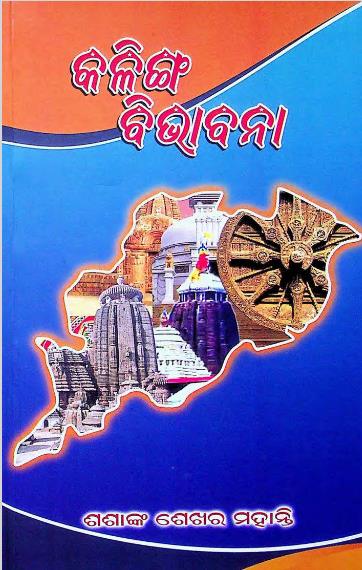Srijagannath, the Supreme Lord of Odisha, represents a cornerstone of Odia culture, philosophy, and religious practice. The temple complex of Jagannath in Puri is not merely an architectural marvel; it is a living testament to the devotion, beliefs, and traditions of the Odia people that have evolved over centuries. The essay “Juge Juge Srikshetra – Srijagannath” delves into the myriad dimensions of this revered deity and the cultural milieu surrounding him.
The philosophy underpinning Srijagannath’s worship reflects a unique synthesis of Hindu spiritual thought and local traditions. Unlike other deities who are often depicted in perfect forms, Lord Jagannath is portrayed in a distinctive, abstract manner—with no hands or feet. This representation embodies the essence of inclusivity, allowing devotees to connect with the divine regardless of their social or economic status. The Lord’s form symbolizes that the divine can be approached in myriad ways, transcending traditional norms of worship.
Jagannath’s annual Rath Yatra, the chariot festival, is a sight to behold, drawing millions of visitors from across the globe. It symbolizes the journey of life, encapsulating themes of love, devotion, and separation. The act of pulling the chariots is a communal enterprise that unites people from all walks of life, fostering a spirit of togetherness and equality. The significance of this festival goes beyond mere celebration; it serves as a reminder of the transient nature of life and the importance of community, offering practical lessons about harmony and fraternity.
Culturally, Srijagannath has influenced numerous art forms in Odisha, including dance, music, and painting. Odissi dance, one of the classical dances of India, often narrates stories of Lord Jagannath through its graceful movements and intricate expressions, ensuring that the spirit of the deity continues to resonate in the hearts of the people. The traditional Pattachitra paintings depict scenes from Jagannath’s life and the rich tapestry of stories connected to him, serving as a medium for artistic expression that captures the essence of Odia folklore.
Religion in the context of Srijagannath transcends mere rituals. It encapsulates a way of life where devotion and everyday living are intertwined. The temple practices, the offering of ‘Mahaprasad,’ and the concept of ‘Nabakalebara’ (the ritual of changing the idols) reflect the cyclical nature of existence and the importance of renewal and rebirth. These practices not only foster a sense of belonging and identity among devotees but also promote a philosophy of non-attachment and the acceptance of change.
Discussions surrounding Srijagannath often lead to deeper exploration of social issues within Odisha. The tradition of ‘Darshan’ encourages a democratic spirit where all individuals, irrespective of caste and creed, are welcomed. This inclusivity fosters a social fabric where disparities are diminished, urging society to reconsider its hierarchical structures.
In conclusion, Srijagannath is more than just a deity; he embodies a philosophy, a culture, and a way of life for the Odia people. The timeless teachings associated with Him resonate with the essence of humanity—offering profound insights into devotion, communal harmony, and the celebration of diversity. As we reflect on the significance of Juge Juge Srikshetra – Srijagannath, we are reminded of the enduring power of faith and culture in shaping our identities and our communities.
Books Info
| Books name | Kalinga Bibhabana/କଳିଙ୍ଗ ବିଭାବନା |
| Author | Sasank Sekhar Mahanty |
| No Of pages | 206 |
| Publisher | Usharani Mahanti |
| Publication | 2024 |
| Printed At | S.S.Graphics |
| Distributor | NA |

